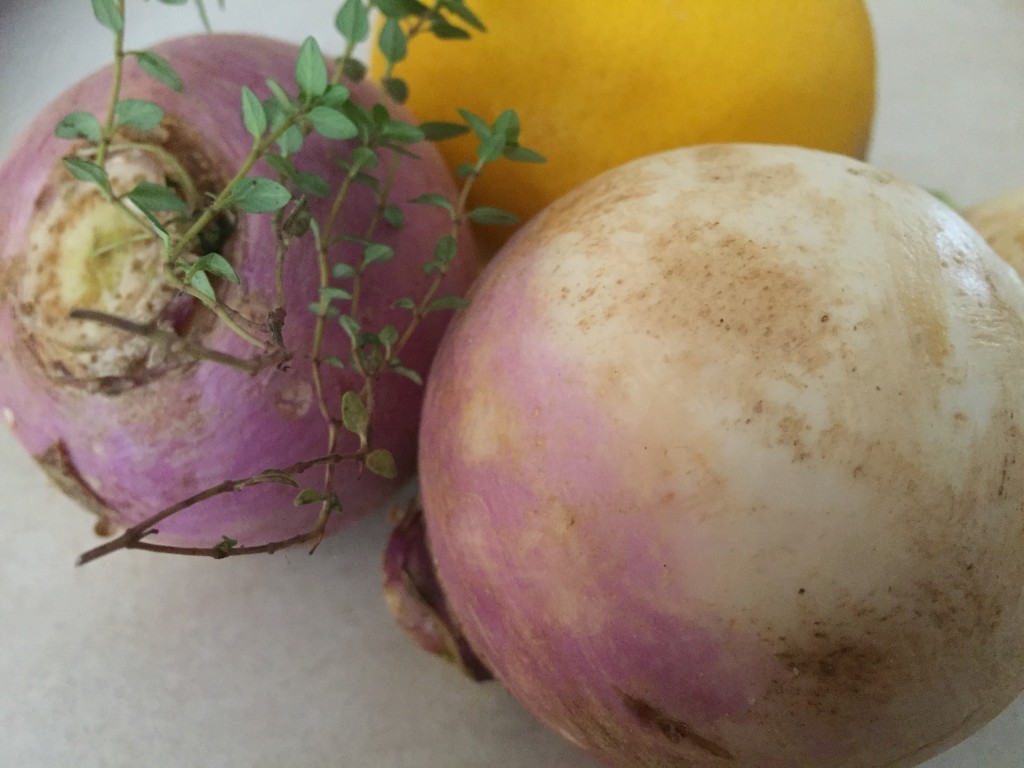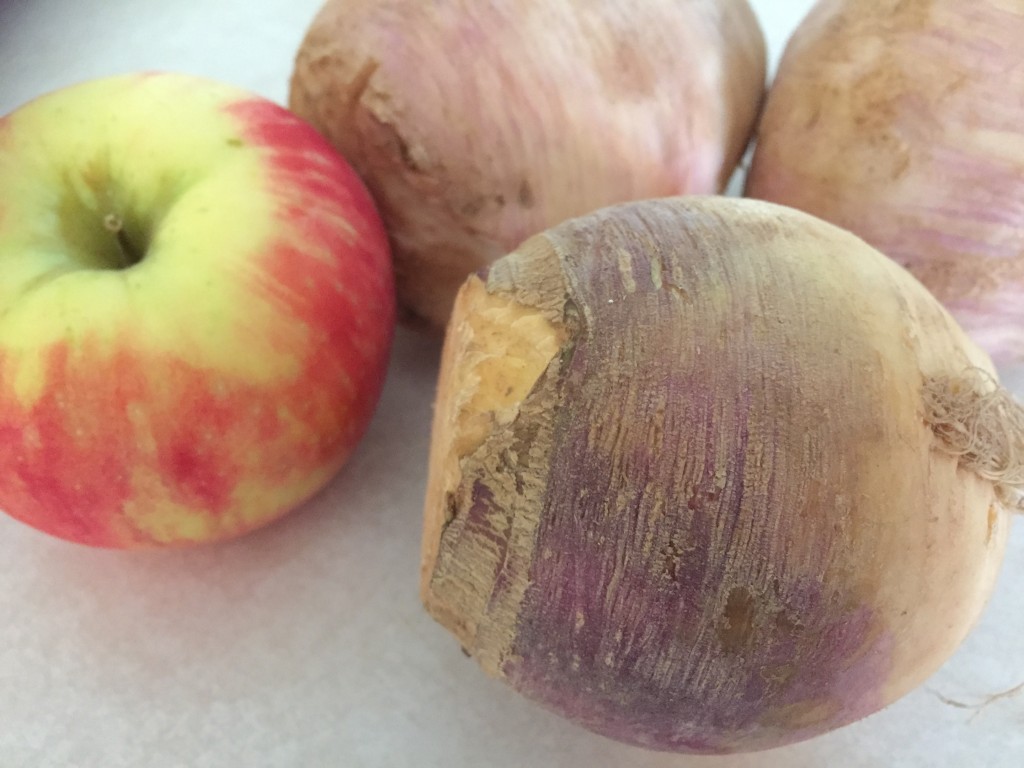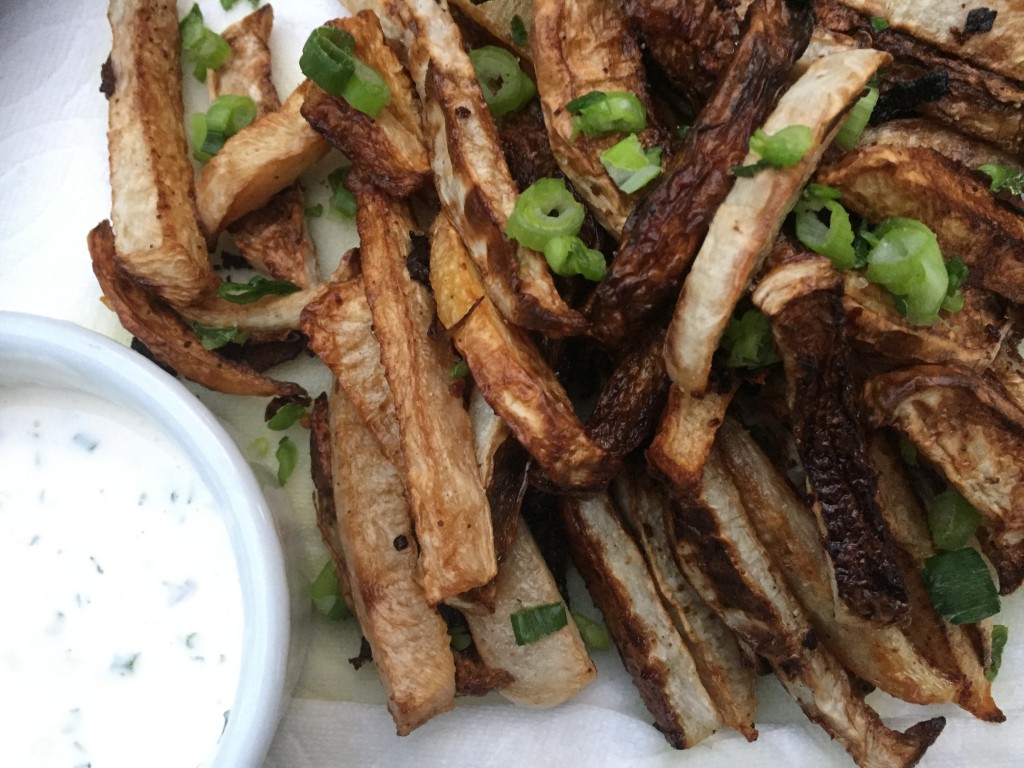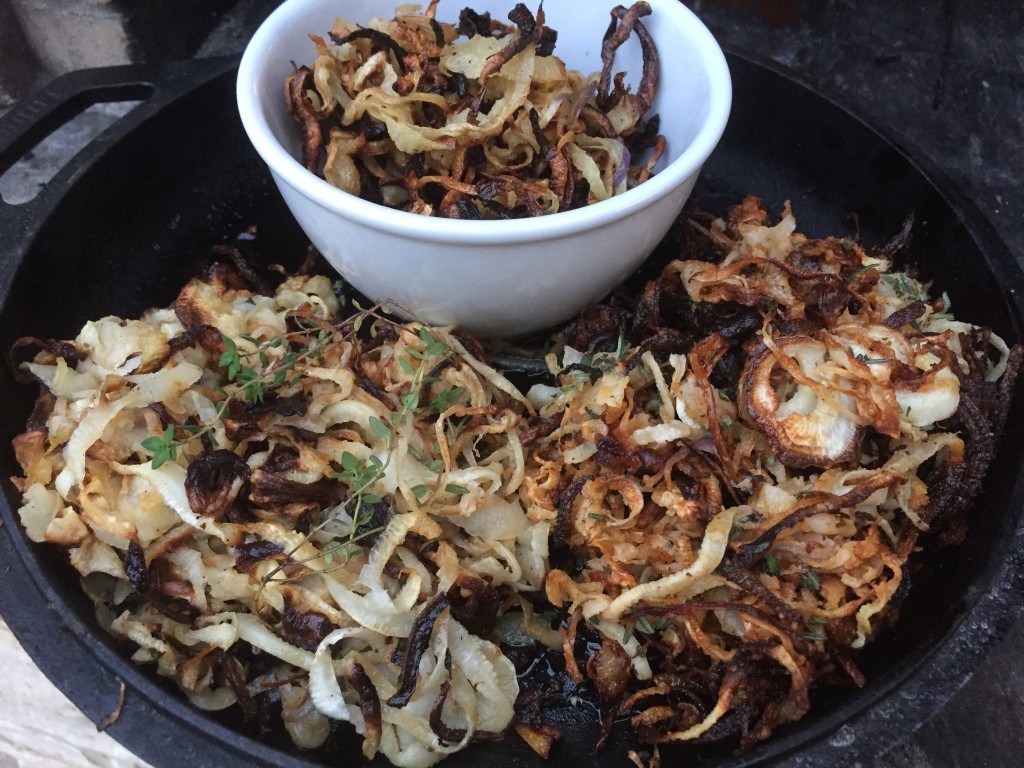Root Vegetables Worth Trying
As the year winds down, we’re used to seeing best-of lists, ideas for party menus, and Disney’s now-annual Star Wars offering. But it is also the best time to find a wild variety of odd-looking root vegetables. Why not combine these winter themes? Here is our top-three list of rogue root vegetables. These may look like they belong in the Mos Eisley Cantina, but you can transform them into surprising hits on any menu.
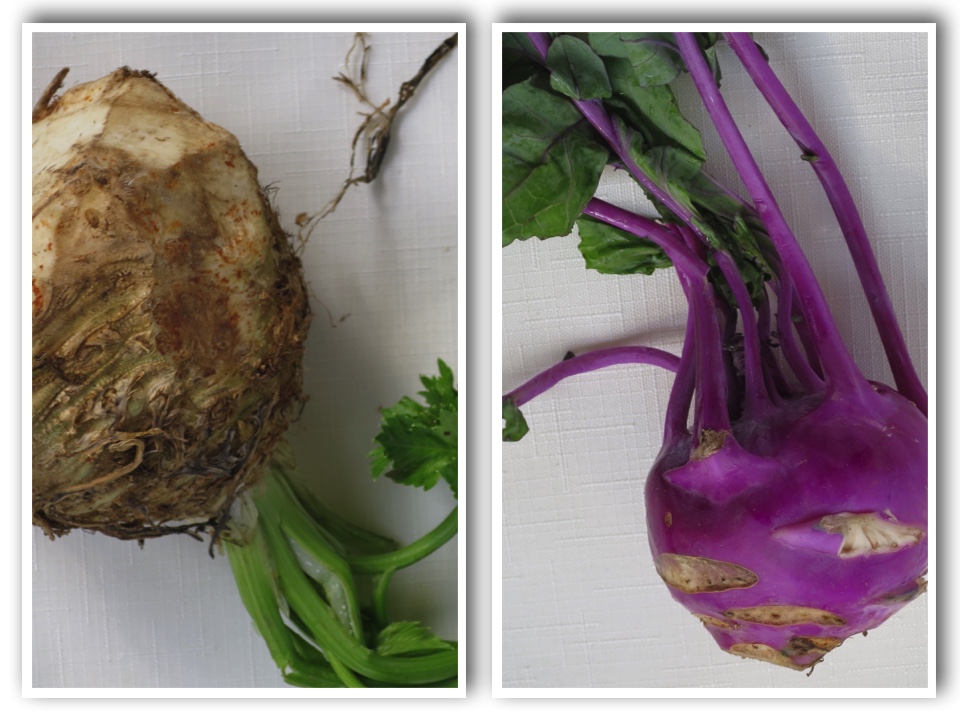
Three root vegetables of interest
We featured potatoes, the undisputed king of root vegetables, in an earlier blog, and both sweet potatoes and russets in our blog on hasselbacks. Today we’re employing a familiar preparation method on a less familiar trio: , turnip, kohlrabi, and rutabaga.
Turnips are cruciferous and thought to be helpful in fighting cancer, high blood pressure, and high cholesterol. They taste like a cross between a carrot and a potato. Raw turnips thinly sliced add crunch to salads. They’re a delicious side dish sliced and roasted with cauliflower florets, salt, pepper and garlic. Turnip is often paired with thyme.
Kohlrabi is a cultivar of cabbage. You can eat the stems, leaves, and roots raw, steamed, or fried. It’s best to peel the tough skin off the bulb before cooking. Roast the chopped kohlrabi in a medley with other root vegetables, tossed in oil, and seasoned with garlic, salt, and pepper.
Rutabagas—you can’t praise them enough. Their subtle sweetness with a touch of piquancy makes them a go-to flavor booster for mashed potatoes, for creamy soups, and for a roasted vegetable medley, mentioned above. They are often paired with fall fruits, like apple and pear. Rutabagas resemble turnips but when cooked have a slightly more golden appearance. Sliced raw, they taste crispy and juicy. They boast a significant amount of vitamin C and magnesium, among other vitamins and minerals.
How and when to buy
Fall to spring is peak season for root vegetables, although you can get them year round. They are nutritious, full of fiber, great sources of vitamins C, B, and A. They are nutrient dense and full of antioxidants. It’s best to pick out small to medium sized vegetables rather than the larger sometimes tougher ones. They are easy to roast in a conventional or wood-fired. Roasting, my favorite way of preparing root vegetables, brings out their natural sweetness.
Occasionally rutabagas are dipped in a waxy covering to retain moistness. If so, remove the waxy film with a vegetable peeler before cooking the rutabaga. If the vegetables have green leaves and tops, sauté them or freeze them for soup or stock. Root vegetables keep well in perforated plastic bags in the refrigerator.
High-heat hack
High heat roasting can turn these root vegetables into interesting variations on French “fries.” Making fries out of the more unusual root vegetables is a popular way to get kids (and reluctant adults) to eat their veggies. This technique is also common among low-carbers and those cooking for a diabetic because each of these has less than half the carbs of a potato, a lower glycemic index, and lots of fiber.
Make them the star
Roberto Ferdman’s article in The Washington Post highlighted food-pairings research done at Texas A&M. Our take way: if you want to introduce an unusual root vegetable (roasted, fried or mashed), don’t serve it side-by-side with its potato equivalent. Let the rutabaga stand alone!
Alternative fries might not win a head-to-head against Shake Shack, but they make a delicious and surprising side served on their own, or as part of a colorful mixed root medley.
The fries have it
A quick search for rutabaga, kohlrabi or turnip oven fries will yield lots of recipes, with interesting flavor additions for each vegetable. We decided to stick to the basics: a toss in good fat, a generous sprinkle of high quality salt, and a few grinds of fresh black pepper. This simple approach lets the unique flavor of each of these root vegetables shine. We incorporated complimentary flavors into dipping sauces: apple-chive, and chipotle mayo.
All of these root vegetables work well cubed for home fries, or cut into matchsticks. Rutabagas might be too hard to spiralize, but turnips and kohlrabi shoestrings make these even more approachable.


